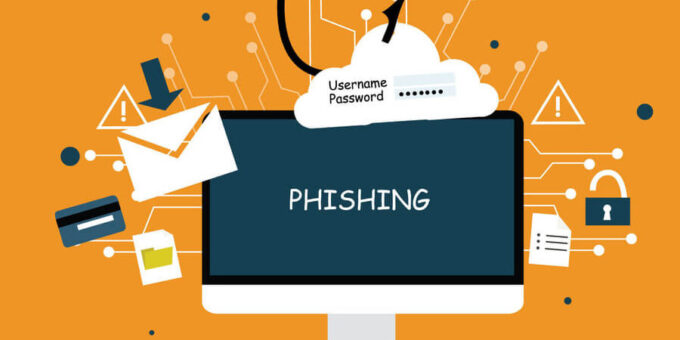
In today’s digital age, the internet is a double-edged sword. While it offers incredible convenience and opportunities, it also poses significant risks. Among the most prevalent threats are phishing attacks. These deceptive schemes can trick even the most cautious internet users, leading to serious consequences. Understanding what phishing attacks are and how to protect yourself is essential to navigating the online world safely.
What Are Phishing Attacks?
Phishing attacks are fraudulent attempts to obtain sensitive information such as usernames, passwords, and credit card details by disguising as a trustworthy entity. These attacks often come in the form of emails, text messages, or even phone calls that seem legitimate but are actually from cybercriminals.
Common Tactics Used in Phishing
- Email Phishing: This is the most common type of phishing attack. The attacker sends an email that appears to be from a reputable source, such as a bank or a well-known company. The email usually contains a link to a fake website that looks almost identical to the real one, where the user is prompted to enter their personal information.
- Spear Phishing: Unlike general phishing attacks, spear phishing targets specific individuals or organizations. The attacker customizes the message based on information they have gathered about the target, making it more convincing.
- Whaling: This is a type of spear phishing that targets high-profile individuals like executives or celebrities. The stakes are higher, and the tactics are more sophisticated, often involving detailed knowledge of the victim.
- Smishing and Vishing: Smishing involves sending fraudulent text messages, while vishing uses voice calls. Both methods aim to trick the recipient into divulging personal information.
How to Spot Phishing Attempts
- Check the Sender’s Email Address: Often, phishing emails come from addresses that look similar to legitimate ones but contain slight variations or misspellings.
- Look for Generic Greetings: Legitimate companies often address you by your name. Be wary of emails that start with generic greetings like “Dear Customer.”
- Be Cautious with Links: Hover over any links before clicking to see where they actually lead. Phishing links often direct you to a different website than the one displayed.
- Watch for Spelling and Grammar Mistakes: Professional companies typically proofread their communications. Errors in spelling and grammar can be a red flag.
- Unexpected Attachments: Be cautious of unsolicited emails with attachments, especially if they seem irrelevant or suspicious. These attachments could contain malware.
How to Protect Yourself
- Use Two-Factor Authentication (2FA): This adds an extra layer of security by requiring a second form of verification in addition to your password.
- Keep Your Software Updated: Regular updates often include security patches that protect against the latest threats.
- Educate Yourself and Others: Awareness is your first line of defense. Stay informed about the latest phishing techniques and educate those around you.
- Verify Before You Trust: If you receive an unexpected request for personal information, contact the company directly using a trusted method, such as their official website or phone number.
- Use Security Software: Antivirus and anti-phishing software can help detect and block malicious attacks.
Conclusion
Phishing attacks are a serious threat in today’s interconnected world. By understanding how these attacks work and taking proactive steps to protect yourself, you can significantly reduce your risk of falling victim to these scams. Stay vigilant, stay informed, and always think twice before sharing your personal information online.